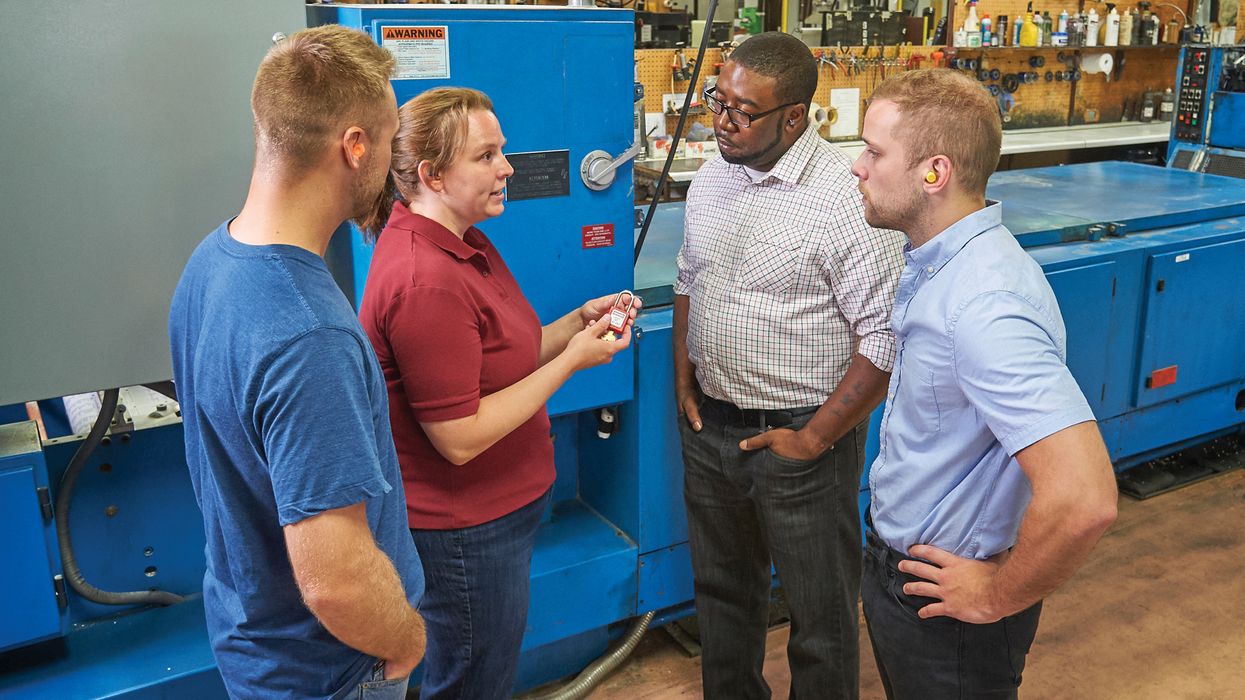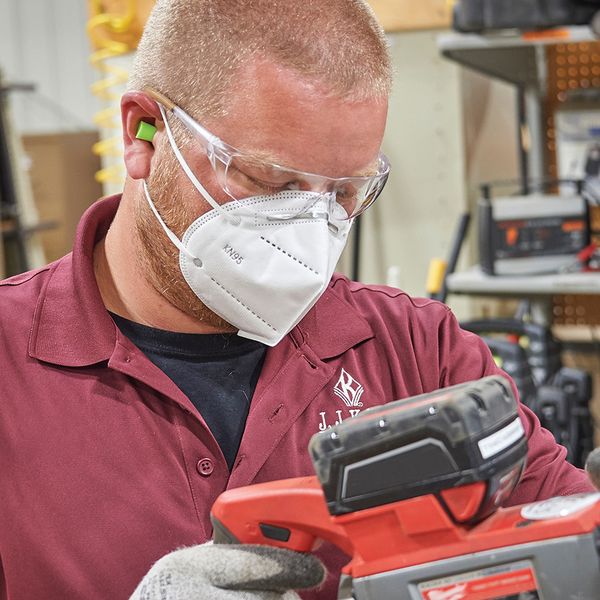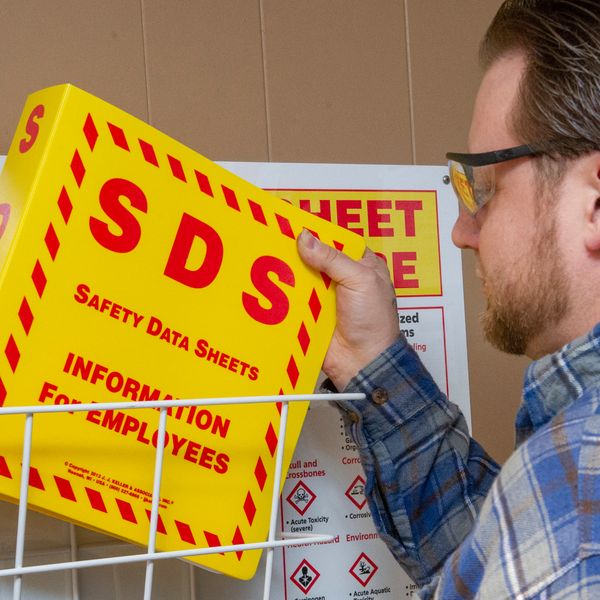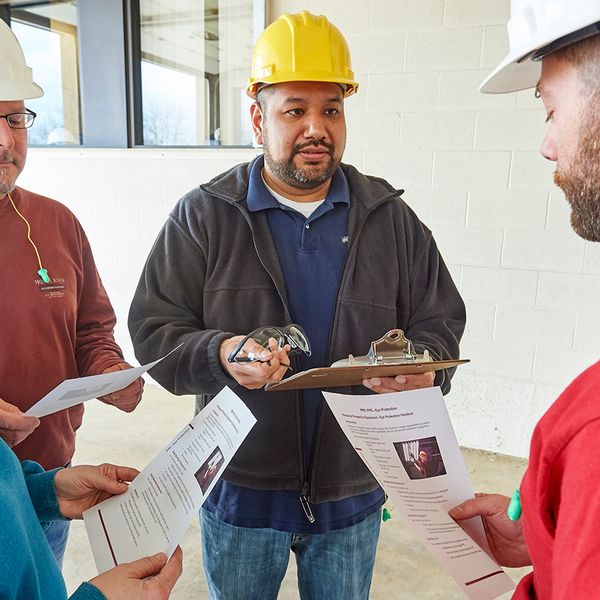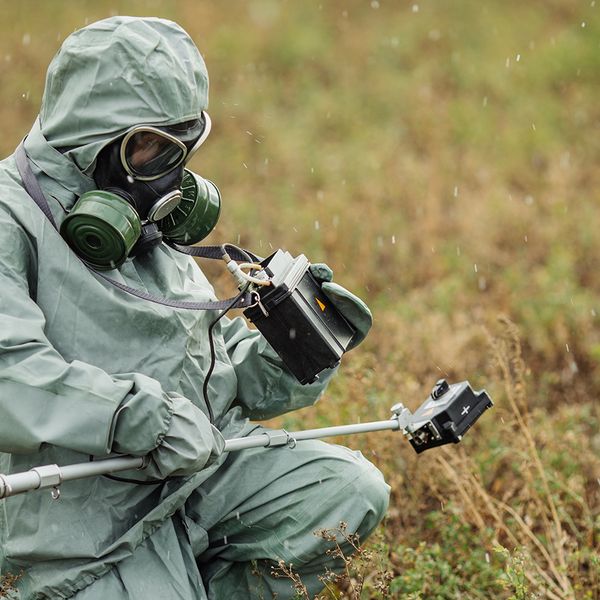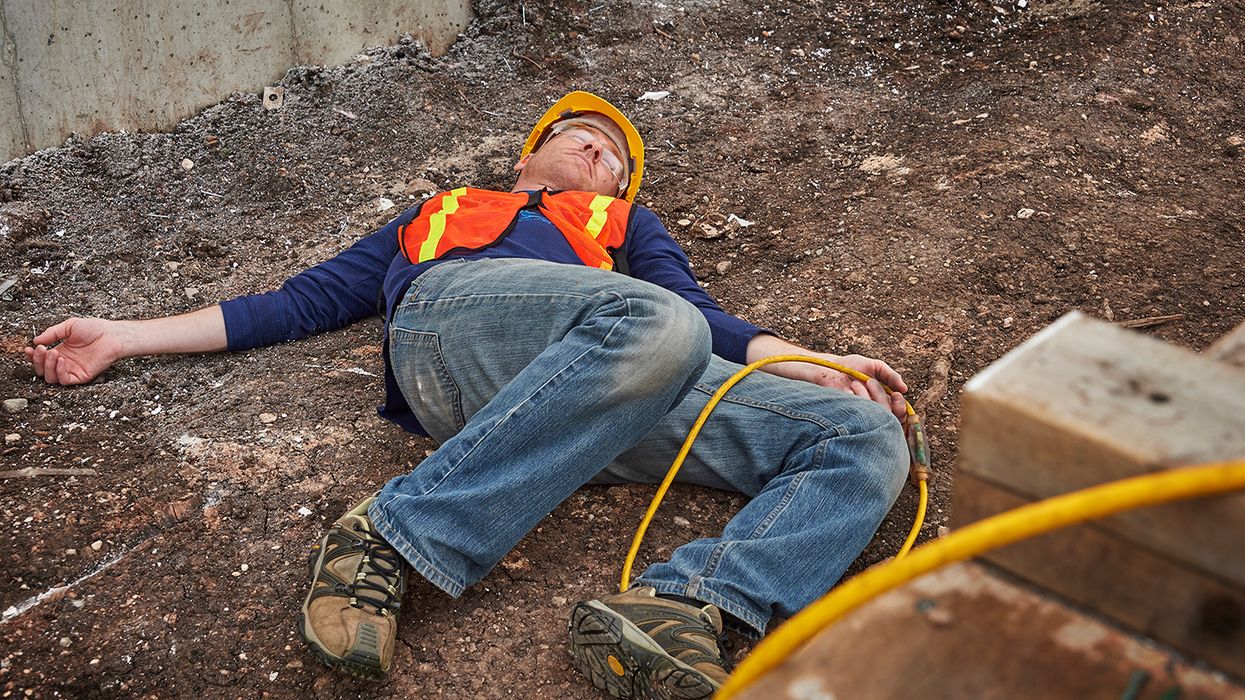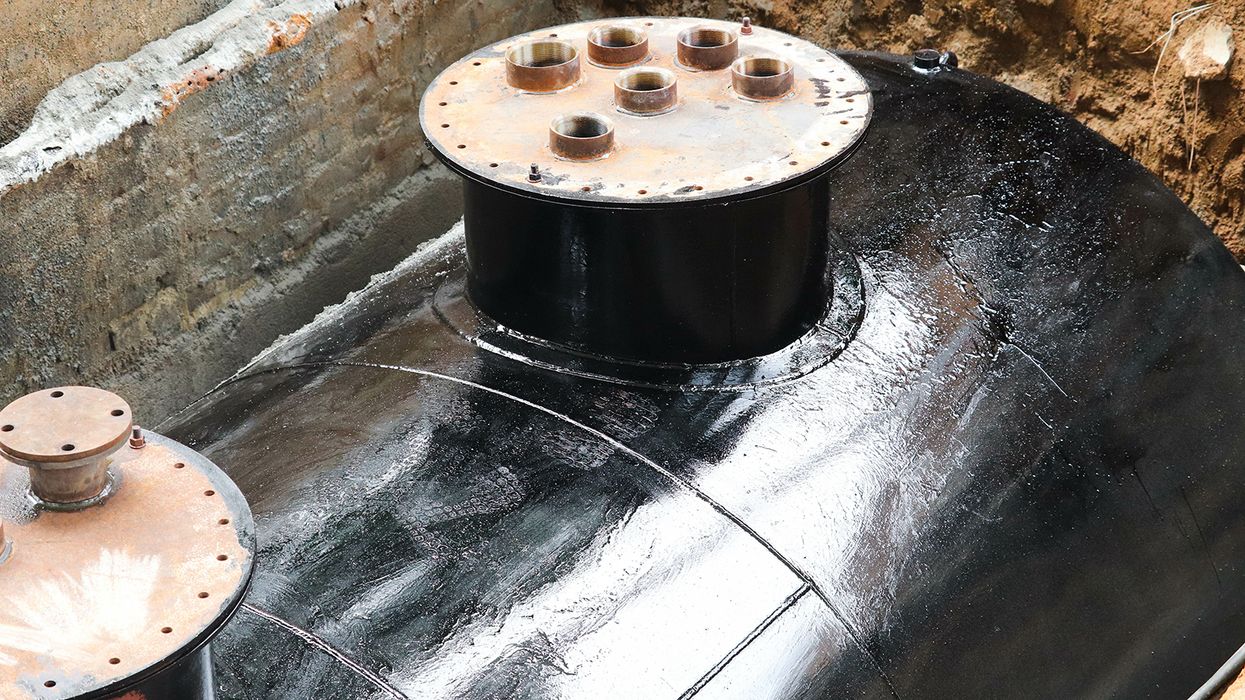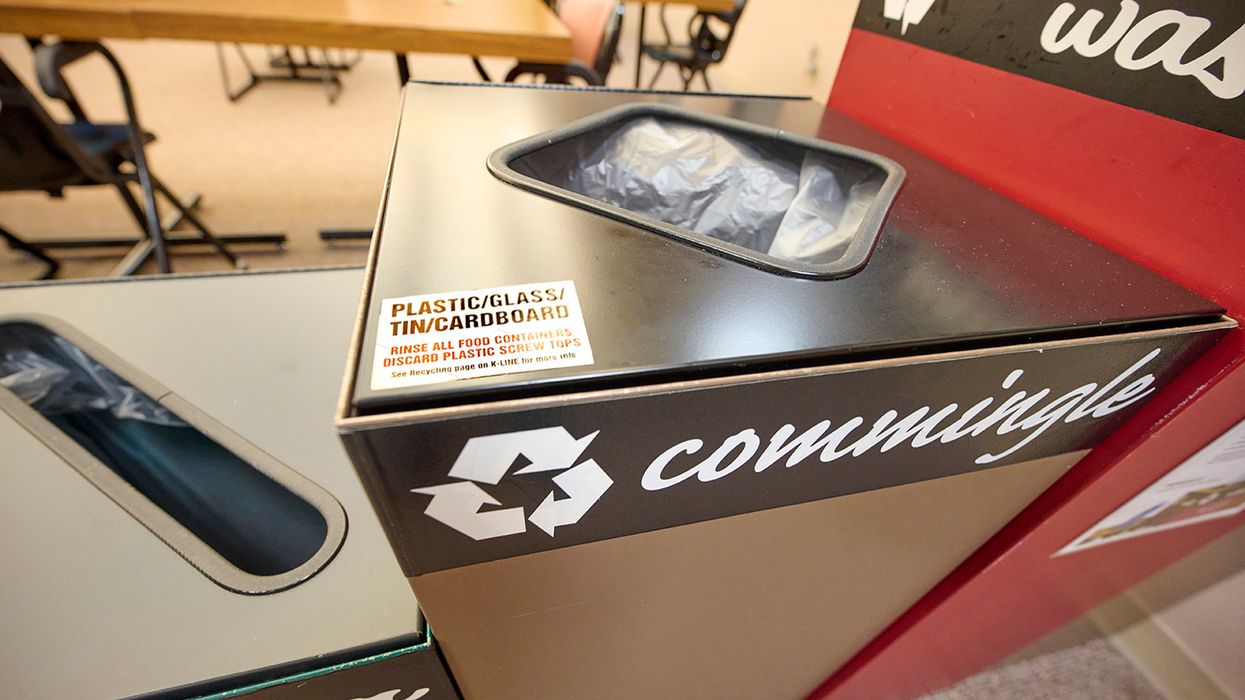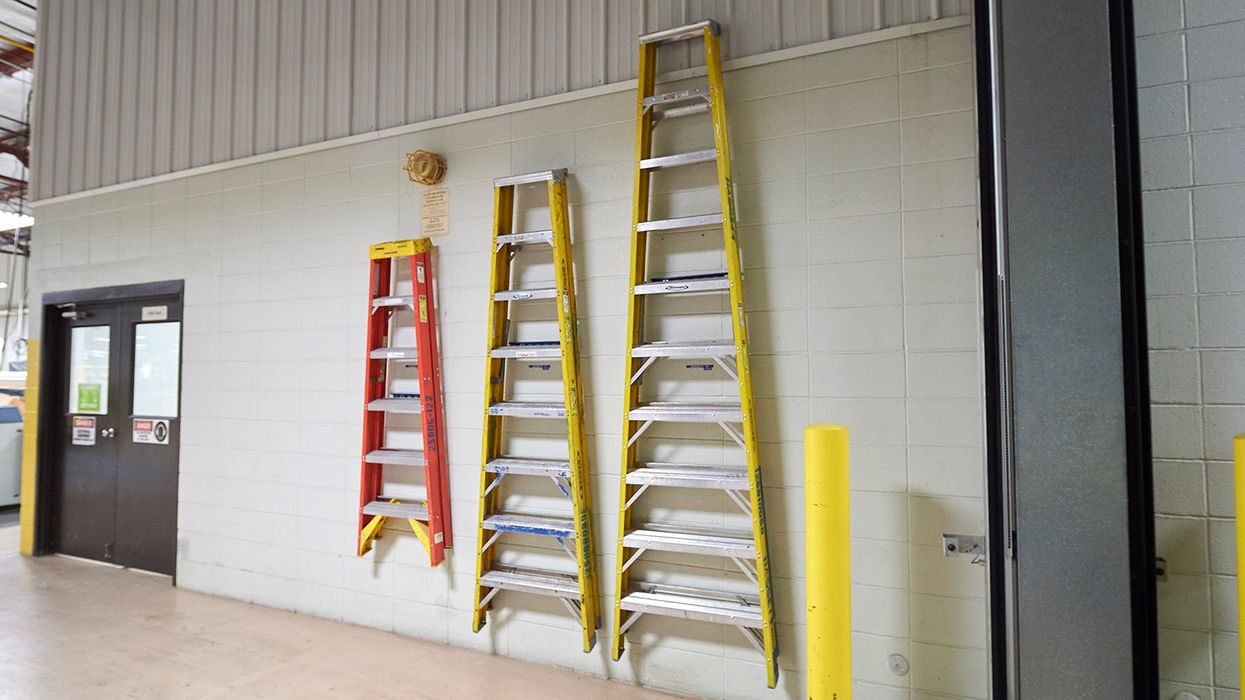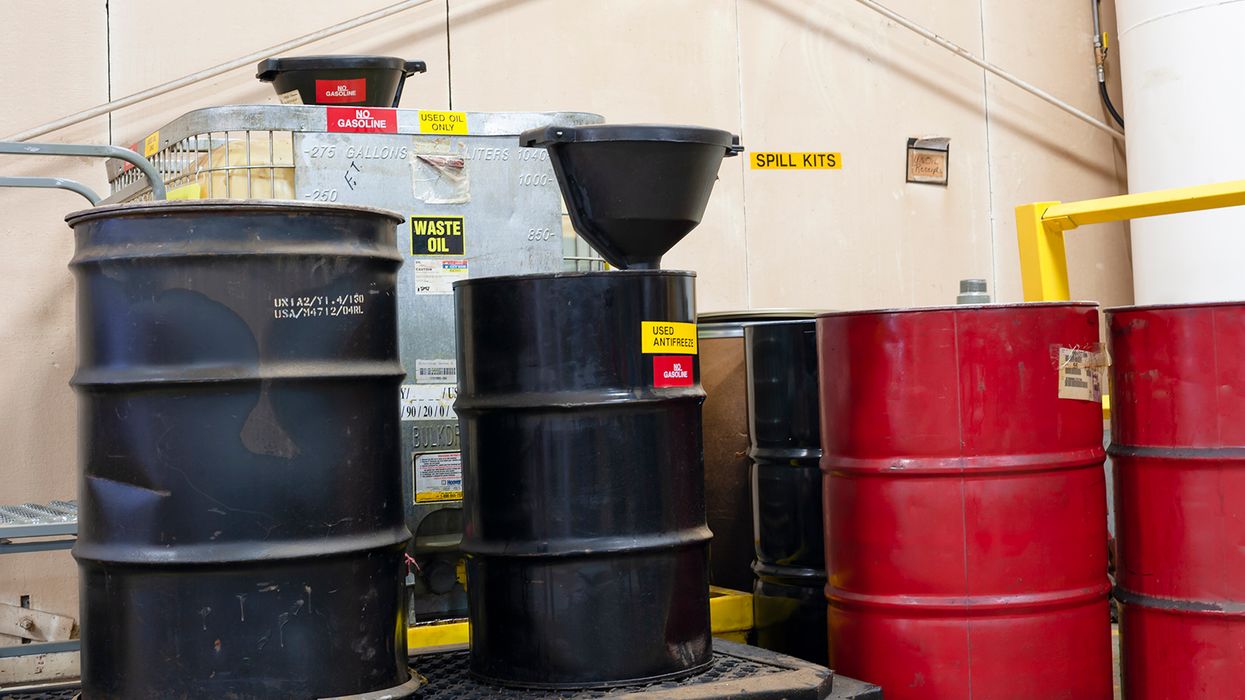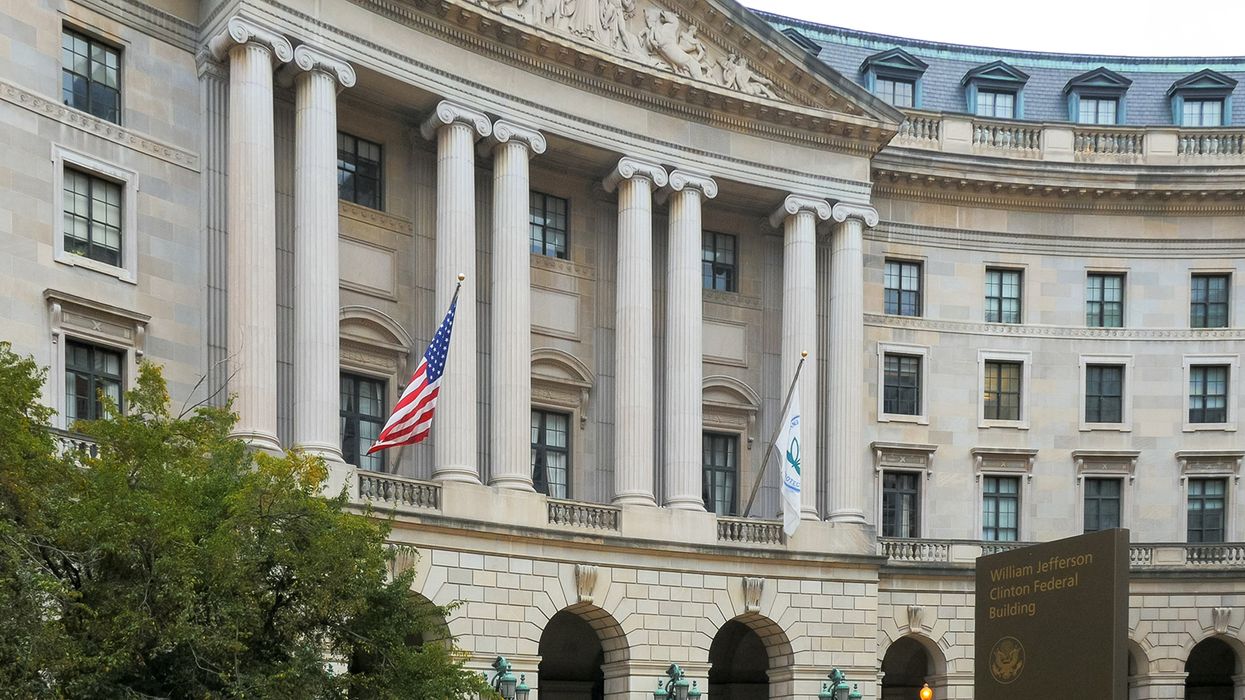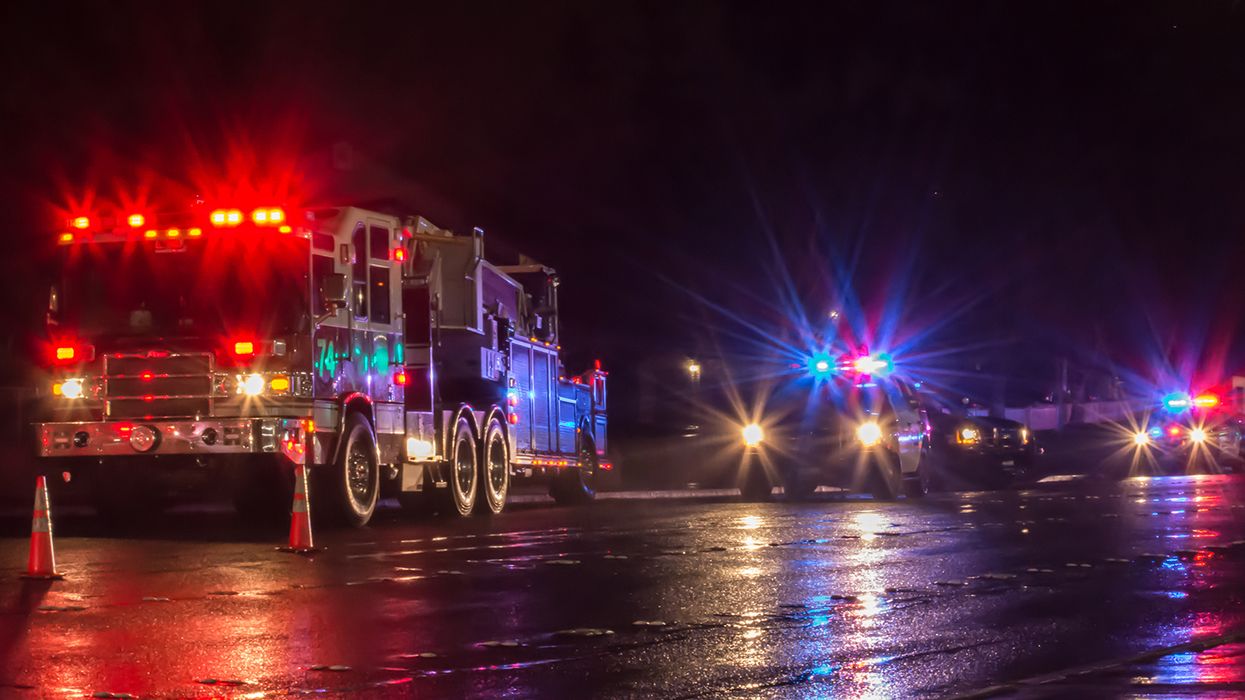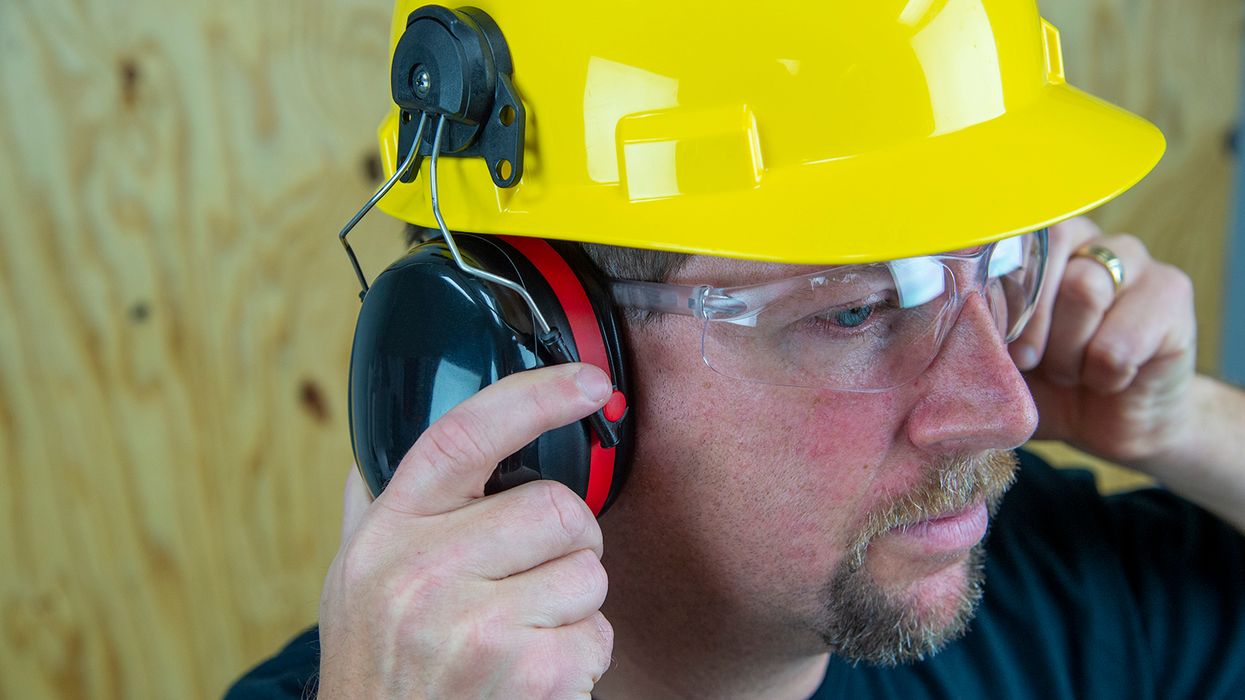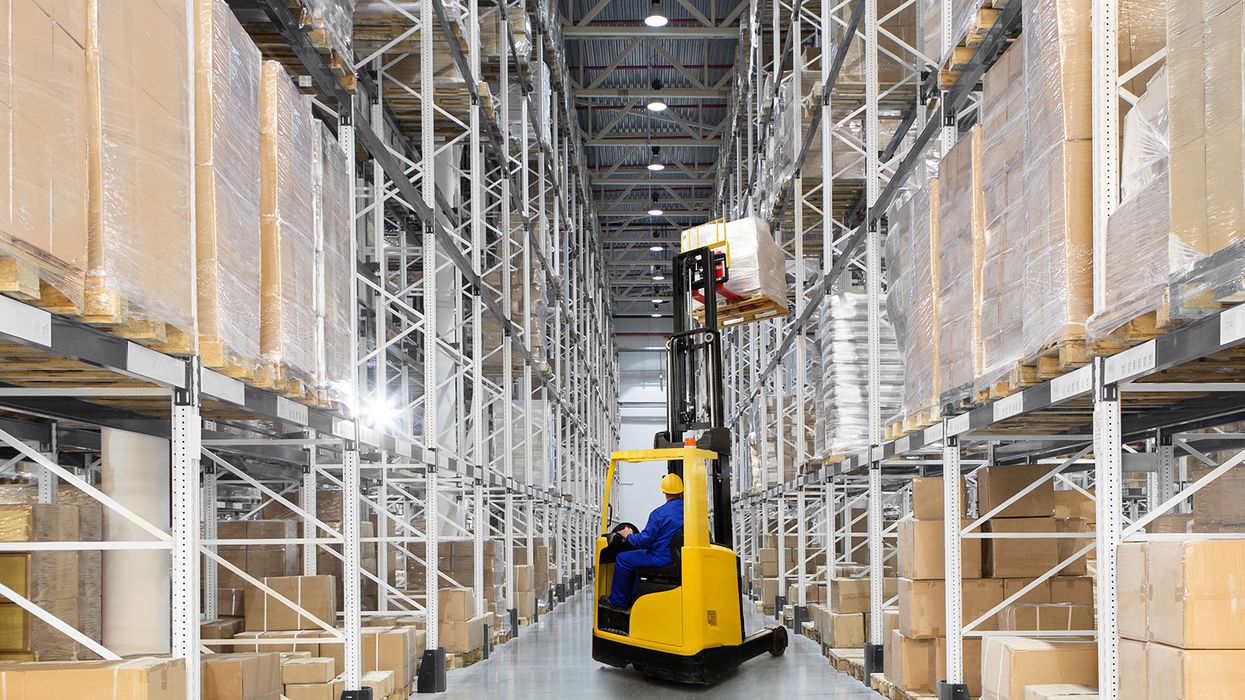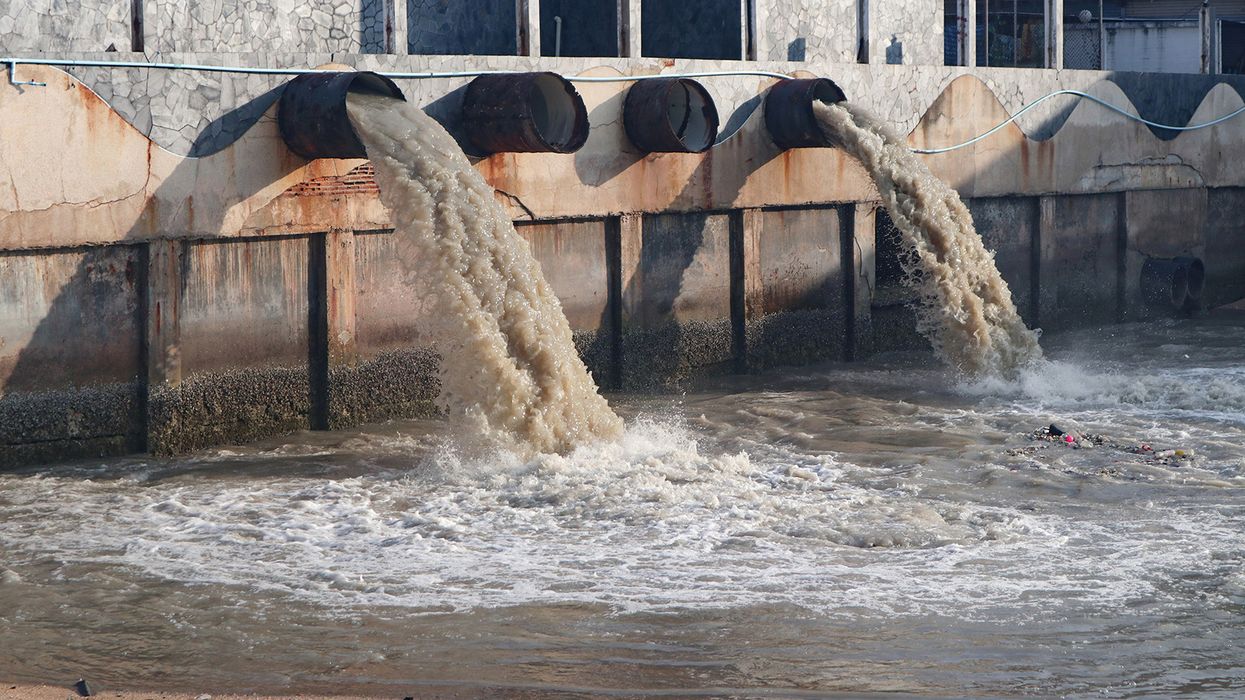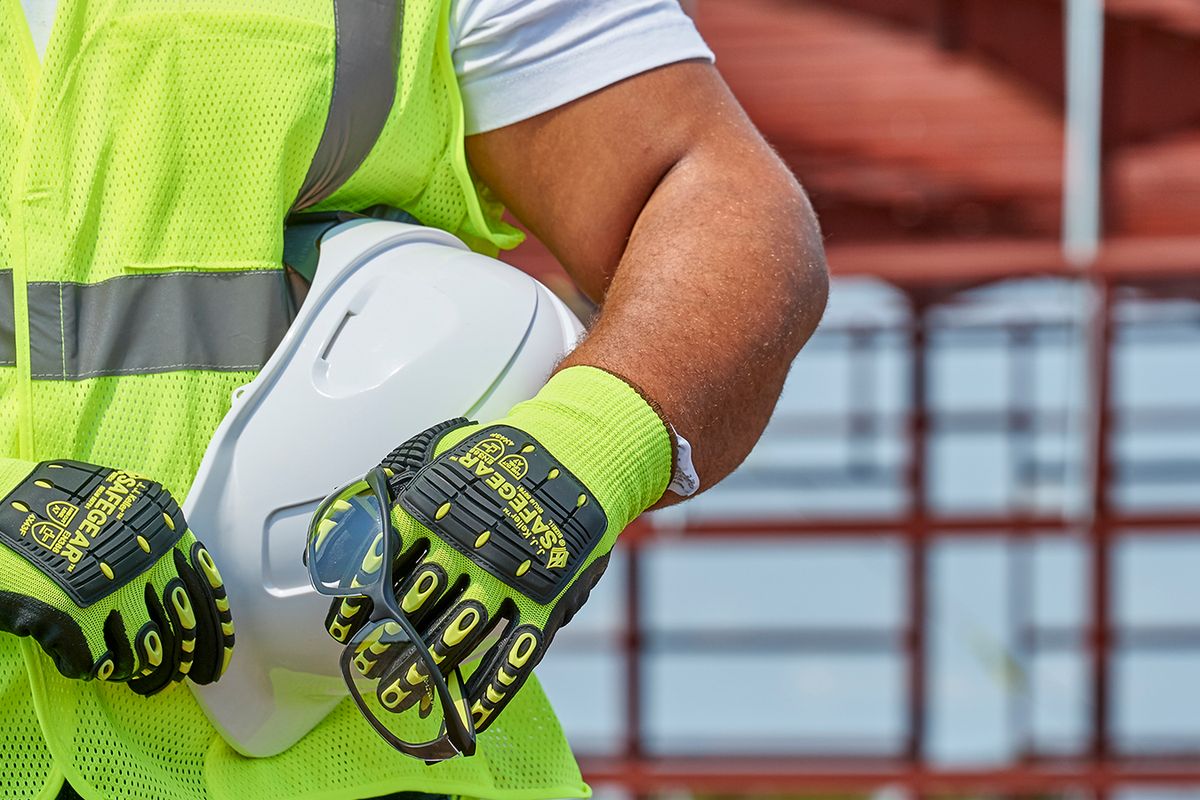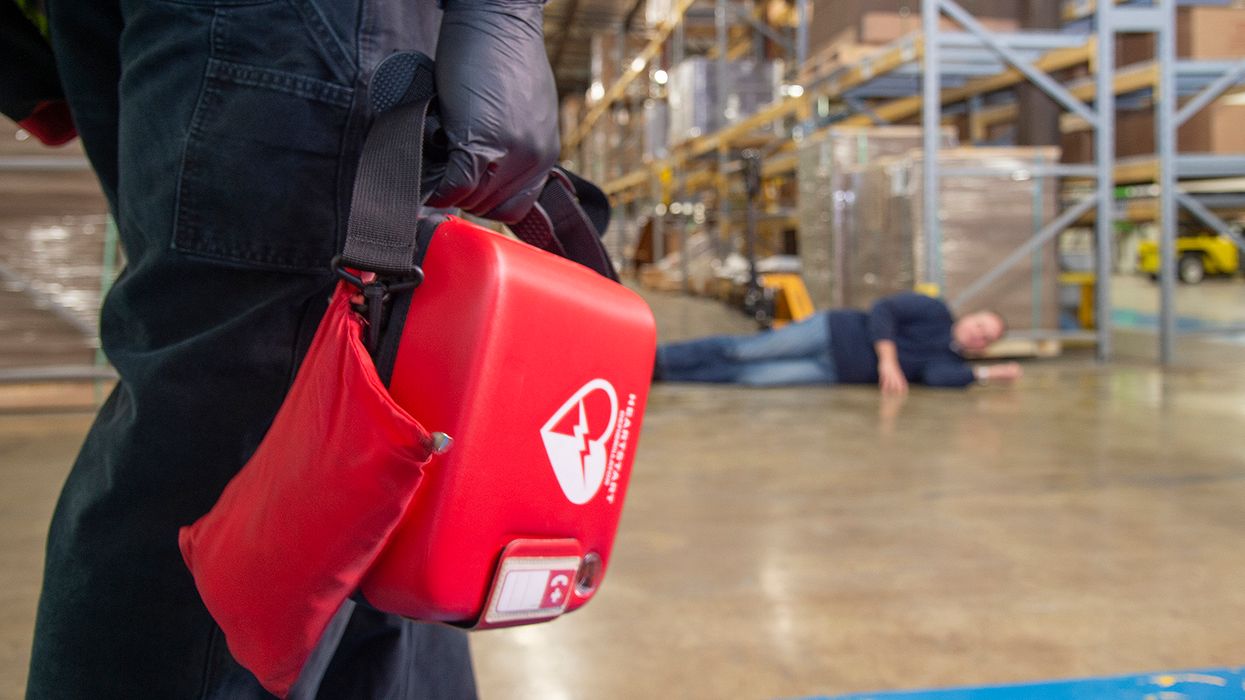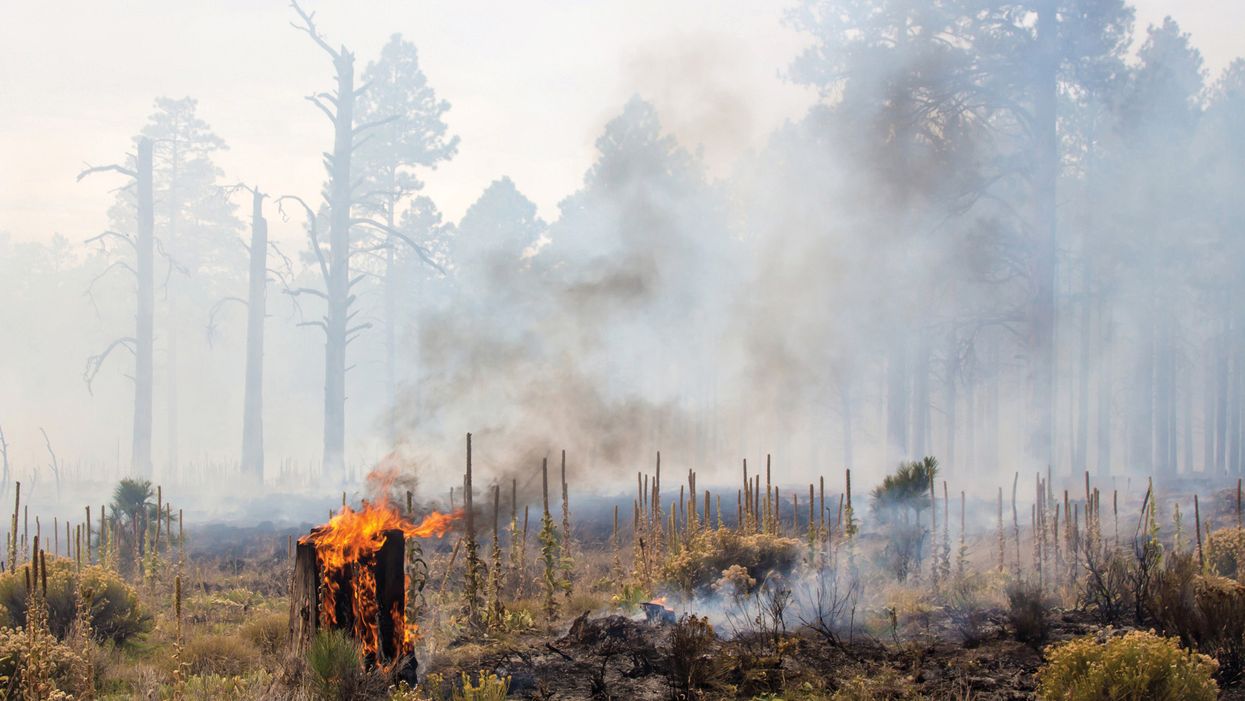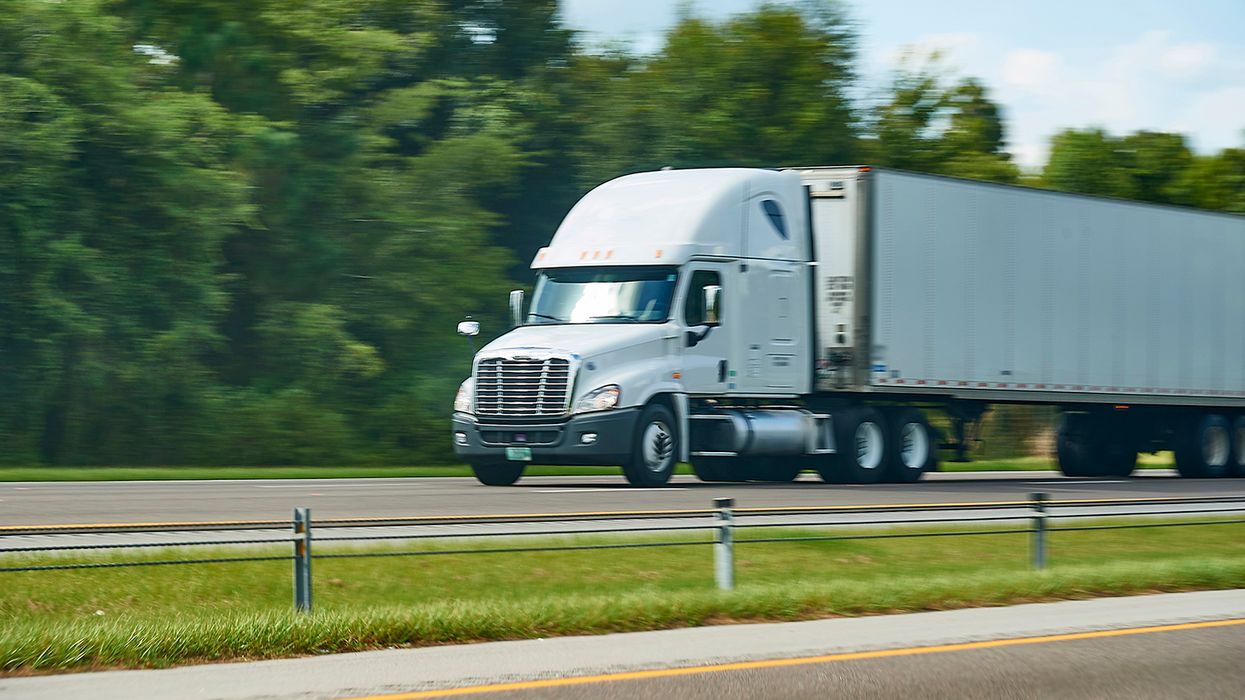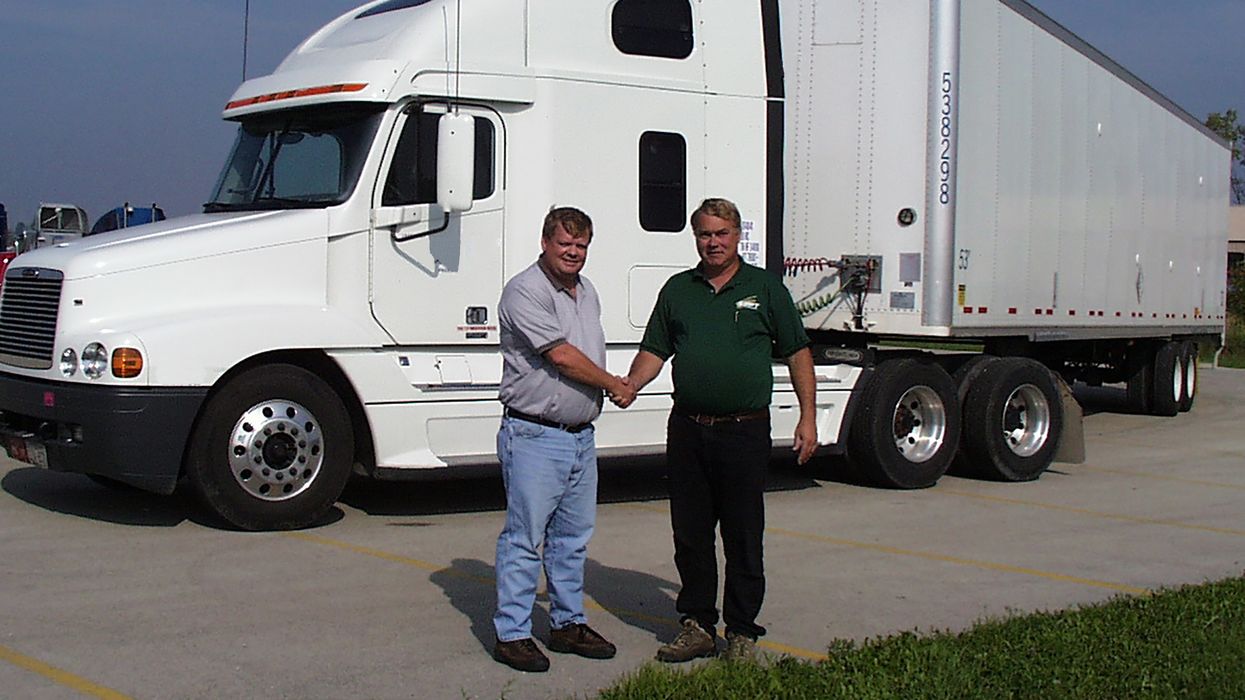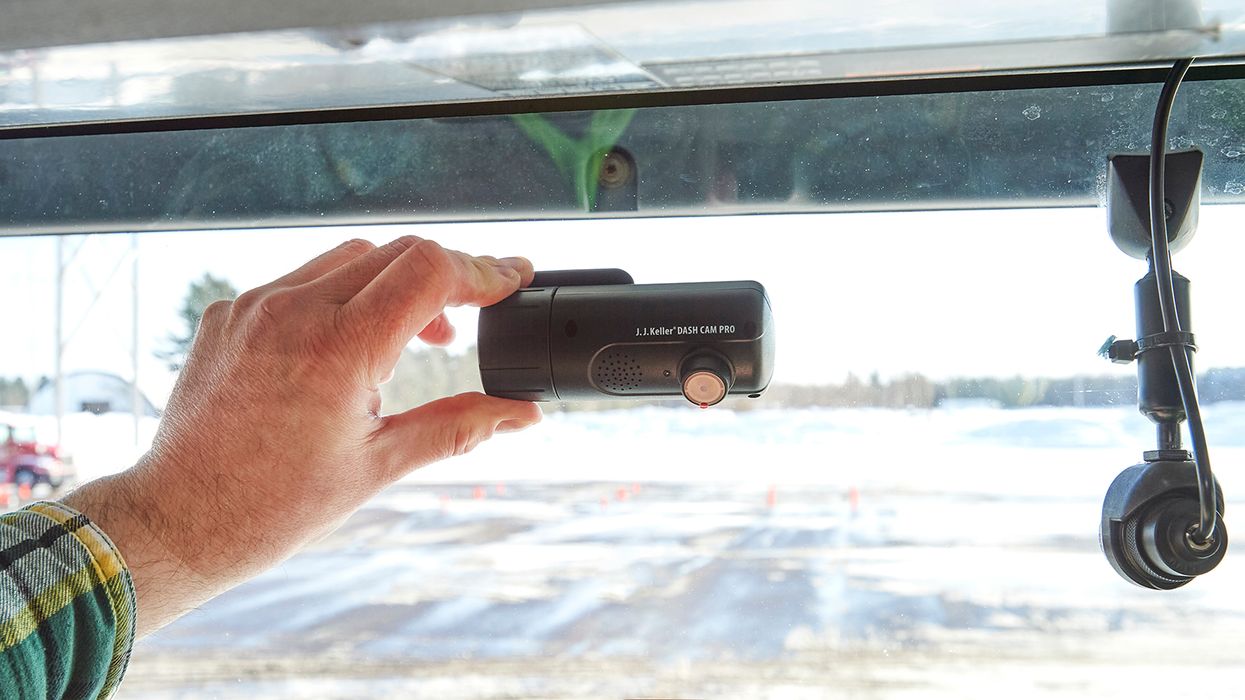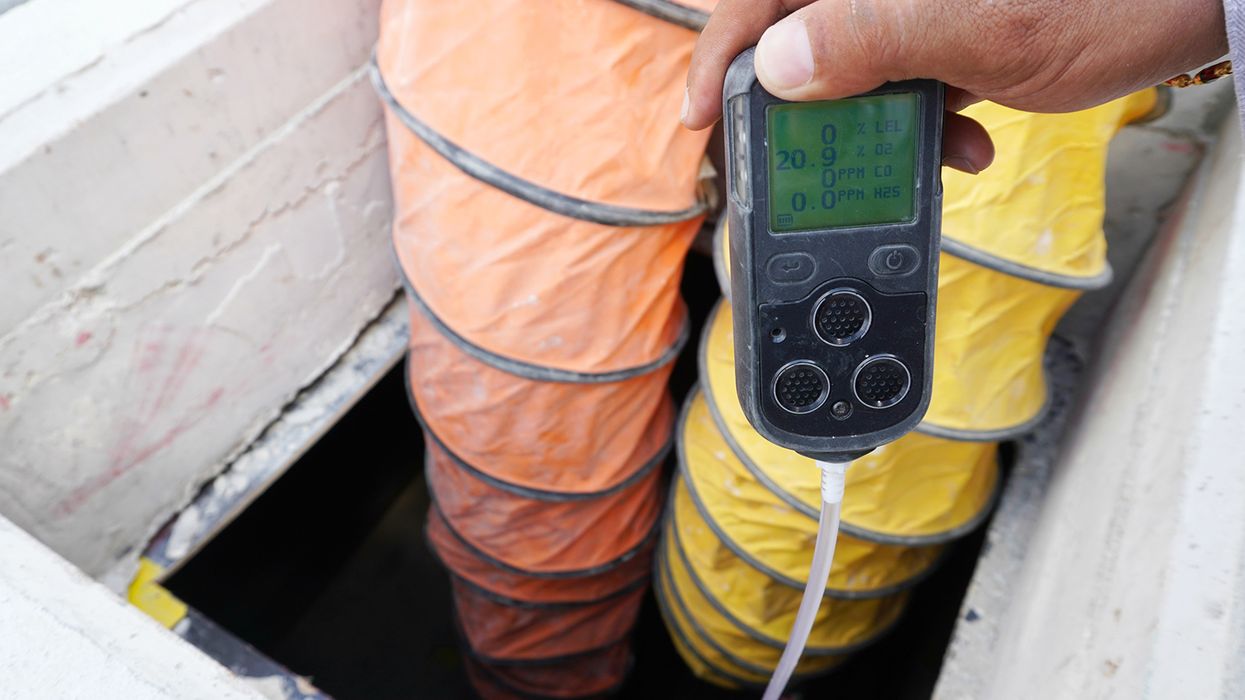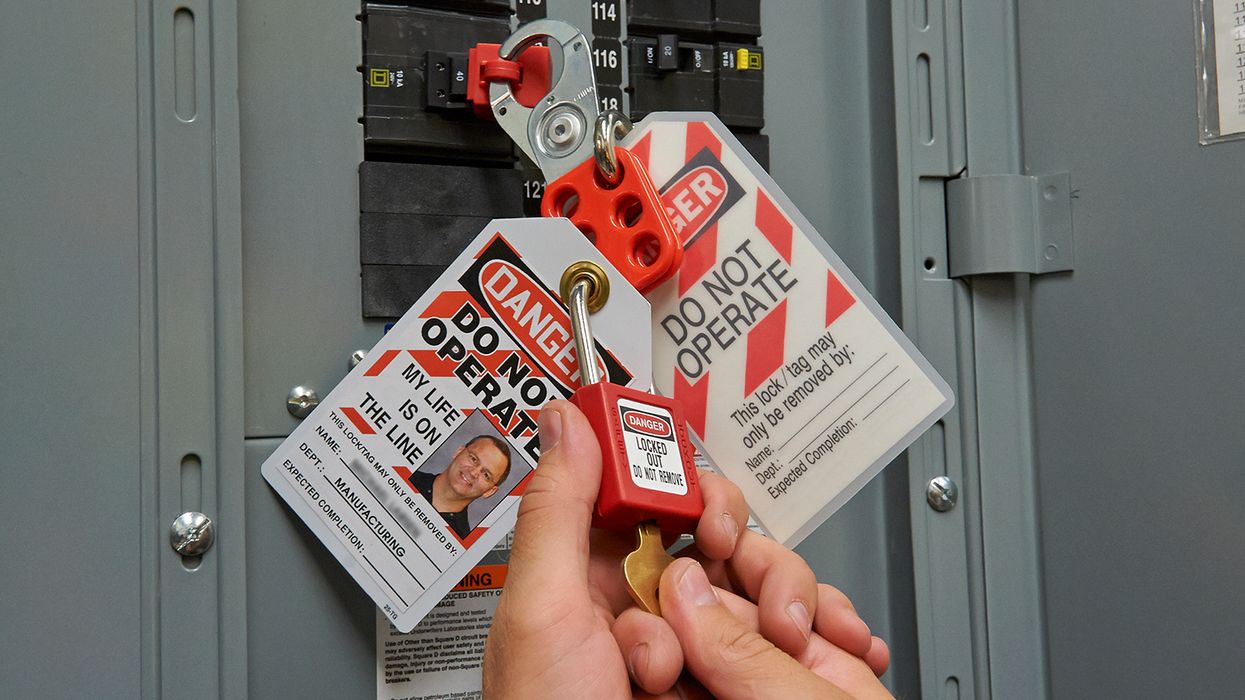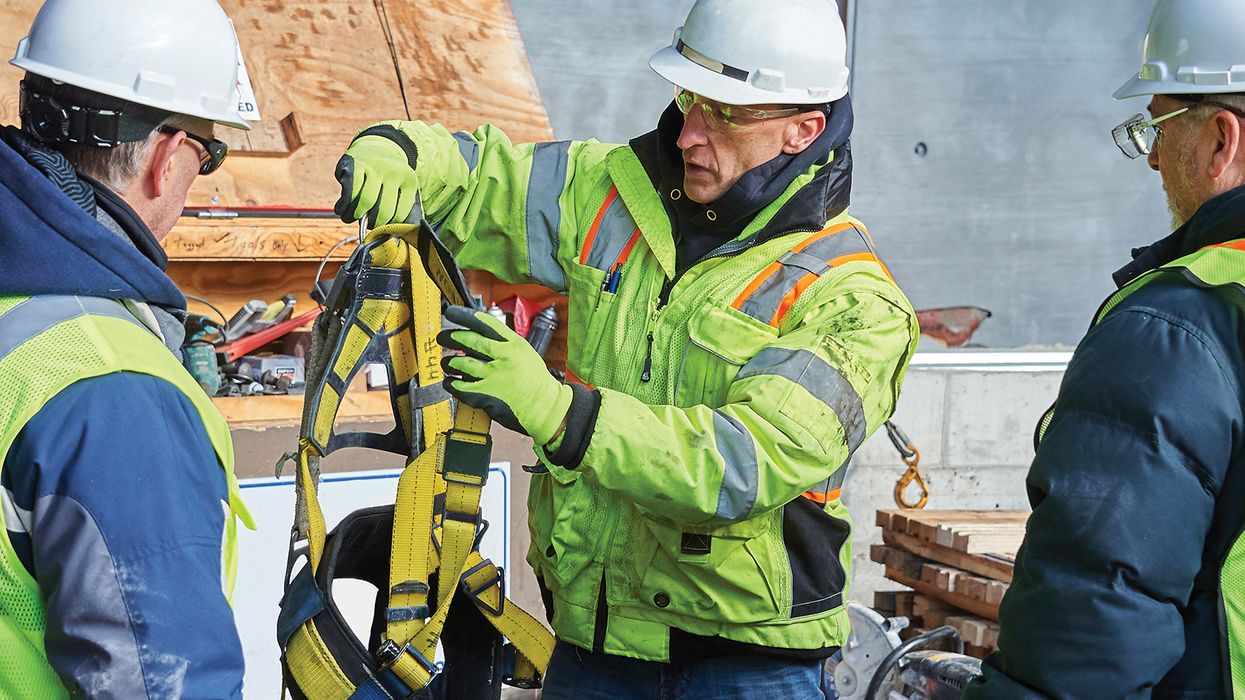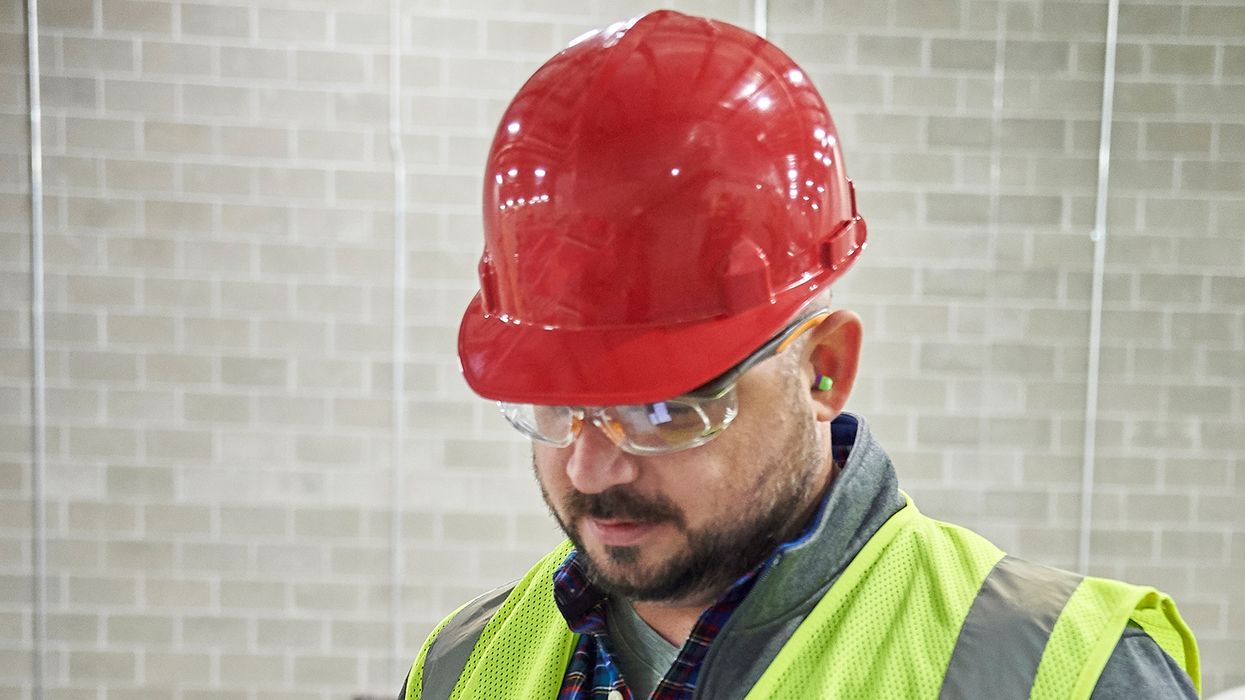NIOSH updates guides on respirator selection and lockout
The National Institute for Occupational Safety and Health (NIOSH) recently updated two guidance documents, one on respirator selection in the construction industry (publication 2022-123) and another regarding periodic inspections of lockout procedures (publication 2022-106).
Respirators in construction
One fact sheet is intended to help construction companies understand the basics of respirator selection. It covers types of respirators, factors to consider when making selections along with examples of how to apply those factors, and tips on implementing a respiratory protection program.
For construction workers, airborne hazards may include dust, mold, and chemical solvent vapors. The Occupational Safety and Health Administration (OSHA) recommends conducting a hazard assessment to figure out which contaminants could harm employee health. This assessment also identifies information such as the concentration of contaminants, exposure potential, and other factors to consider when selecting a respirator.
Once the hazard assessment is completed, employers should follow the hierarchy of controls to reduce or eliminate exposure. Engineering and administrative controls should be in place before personal protective equipment (PPE), such as respirators, are considered.
When these controls are not feasible or sufficient, respiratory protection is required. In that case, employers must also have a respiratory protection program aligned with the OSHA standard 1910.134. Respirators used within these programs must be approved by NIOSH.
Lockout inspections
The lockout standard at 1910.147 consistently appears in OSHA’s annual list of the Top Ten most-cited standards. Because violations have the potential to cause serious injury, this standard also generates some of the highest fines against employers.
The fact sheet covers the basic requirements along with several case studies, and offers best practices for conducting periodic inspections.
Employers are required by 1910.147(c)(6) to conduct a periodic inspection of written hazardous energy control (lockout/tagout) procedures. The inspection must be performed at least once per 12-month interval, as stated in 1910.147(c)(6)(i).

